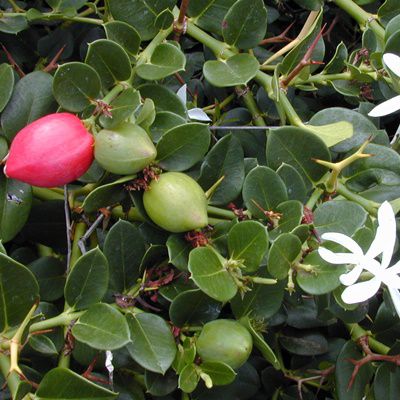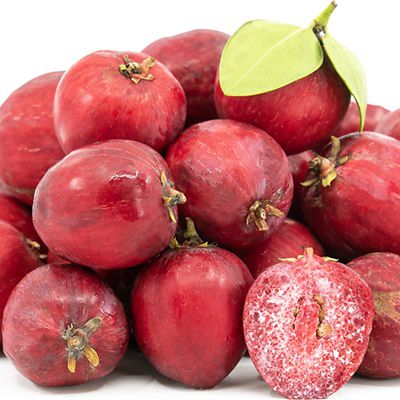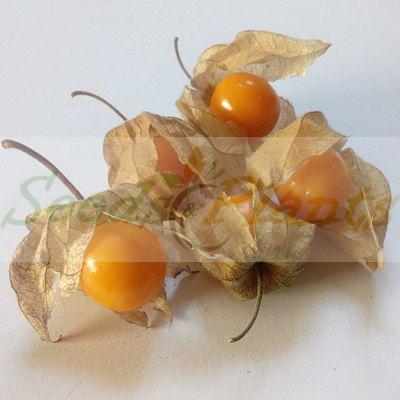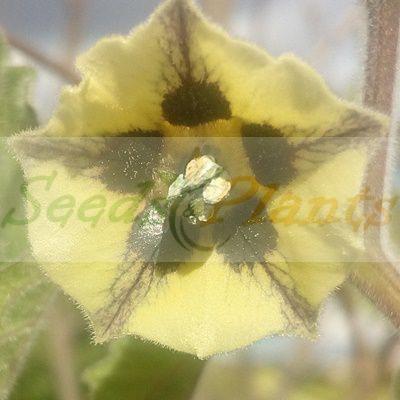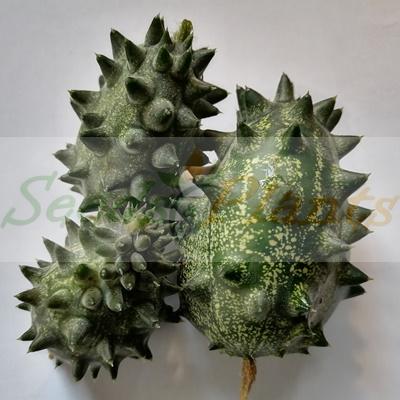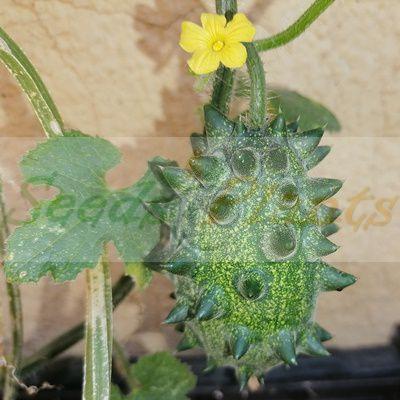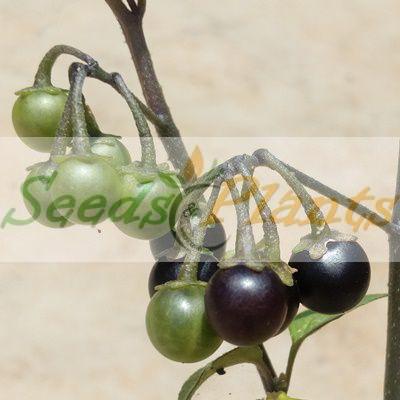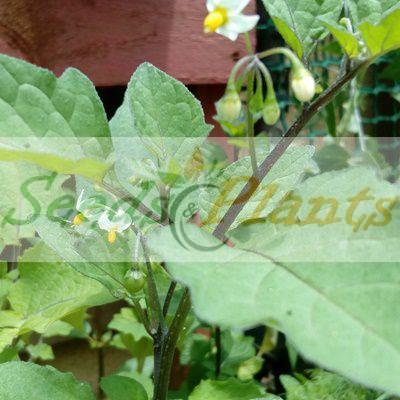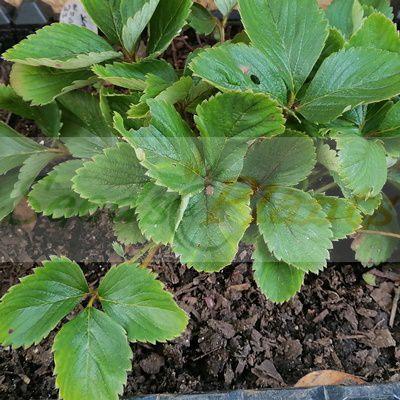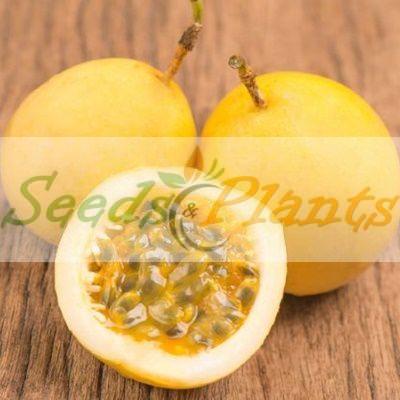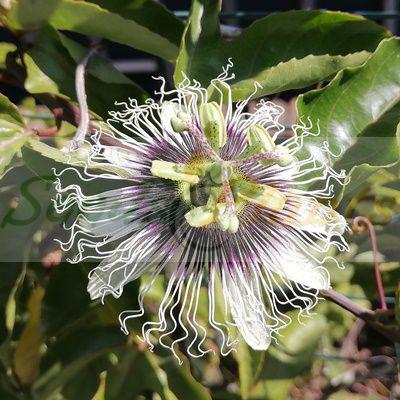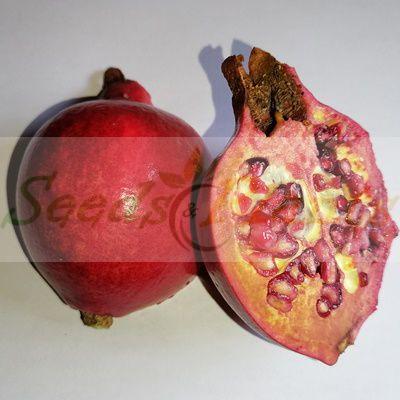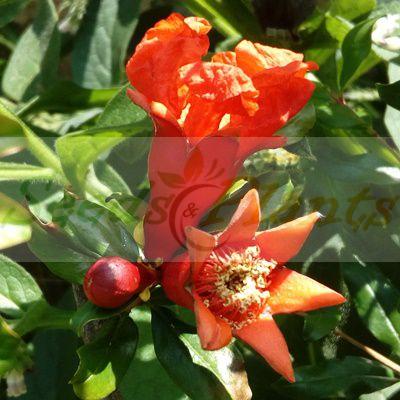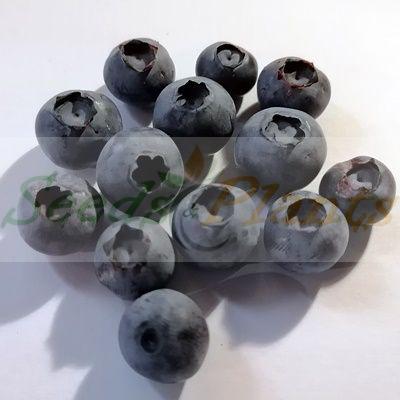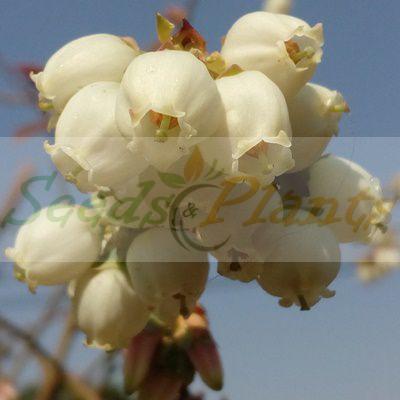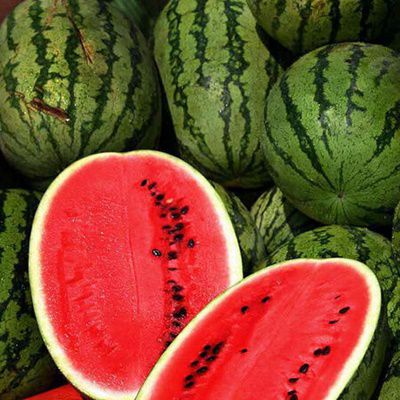Natal Plum – 5 Seeds
(Carissa macrocarpa)
R30.00
Natal Plum makes a good garden hedge and the fruits can be eaten raw or made into delicious jams or jellies.
Common names: Natal plum, big num-num (Eng.); grootnoem-noem (Afr.); Amatungulu (Zulu).
Indoor Sowing: Spring and Early Summer.
Direct Sowing: Spring and Early Summer.
In stock
Natal Plum (Carissa macrocarpa) is a fast-growing, ornamental shrub that is wind resistant and can grow in coastal areas. It usually forms a dense thorny shrub but it can grow into a small tree up to 4 m high. This species has Y- shaped thorns; the young branches are green and all parts of the plant exude a white, milky, non-toxic latex. Leaves are leathery, a shiny dark green above and paler below, 20-60 x 15-35 mm, egg-shaped, oval or almost round. The tips of the leaves are sharply or bluntly pointed and usually with a thorn-like point.
The flowers vary in size, up to 35 mm in diameter, are pure white and scented like orange blossom. The flower tube is hairy within. It flowers from spring to midsummer. The shrub makes a good garden hedge and the fruits can be eaten raw or made into delicious jams or jellies.The plant attracts birds and butterflies to the garden.The large, oval red fruit is edible and is rich in Vitamin C, magnesium and phosphorus.
Common names: Natal plum, big num-num (Eng.); grootnoem-noem (Afr.); Amatungulu (Zulu)
Growing Natal Plum
Indoor Sowing: Spring and Early Summer.
Direct Sowing: Spring and Early Summer.
- Use a tray or small pots filled with a well-draining seed-starting mix. A good ratio is 1 part compost to 2 parts fine river sand.
- Press the seeds into the mix and cover them with a thin layer of soil or compost.
- Water the tray well after sowing to ensure the soil is moist.
- Keep the soil consistently moist but not waterlogged. Overly wet conditions can cause the seeds to rot.
- Place the tray in a warm, bright area out of direct sunlight.
- For best results, keep the temperature between 21°C and 27°C. A wind-free location is also beneficial.
- Germination can take 4 weeks or longer. Seedlings will develop very slowly at first.
- Once the seedlings have their first true leaves and are sturdy enough to handle, transplant them into individual pots. Use well-composted soil for these pots.
- They grow best in full sun to semi-shade and are tolerant of coastal winds and salt spray.
- While they can tolerate poor soil, they thrive in good garden soil enriched with compost and with excellent drainage.
- If you are planting a hedge, space the plants about 1 meter apart.
- Once established, the plants are drought-tolerant but benefit from occasional watering.
- This plant is frost tender, but can survive a little frost if planted in a protected spot.
Disclaimer
Medicinal Information:
All medicinal information on this website is for educational and informational purposes only and may not be construed as medical advice. The information is not intended to replace medical advice or treatment offered by healthcare professionals.
Seeds, Plants, Plant Cuttings, Geophytes and Dried Herbs:
In some countries and provinces, certain plants are deemed as invasive and are not allowed to be planted at all, whilst some plants are allowed to be grown only in certain areas or provinces. The onus is on you as the buyer to familiarize yourself with the regulations pertaining to your location, before purchasing any of our seeds, plants, plant cuttings, geophytes or dried herbs. We will not be held liable, should you purchase any seeds, plants, plant cuttings, geophytes or dried herbs. from us which are prohibited in your country or province.


